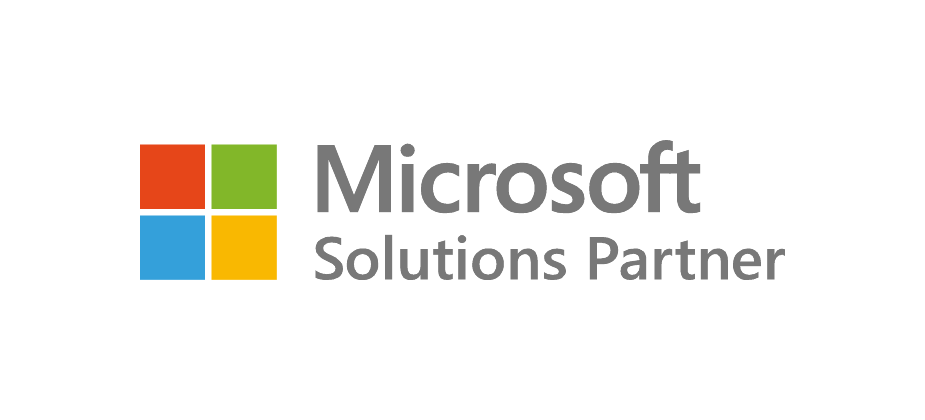The Olde Days of Reporting
Once upon a time, reporting was hard. It was a time when systems didn’t talk to each other, and every application had its own reporting system. Of course, this meant that a single report couldn’t easily combine information from two different systems and integration was a word that meant either really difficult calculus maths, or a broken promise of systems talking to each other but was really just a pit that you threw money into.
Reports used to be dumb. There was this strange process called running a report whereby a person had to decide what report should be created and what information should be on it. Reports used to have the date they were run printed at the top of page, so if you had two copies of the same report on your desk, you could work out which one that the most up-to-date information by looking at the dates and times it was run.
A printer used to be required to generate reports. This meant that if you generated the wrong report, you would just run it again and kill yet another tree. And of course, printers always work, never jam, never run out of paper, and are always close by.
Reports weren’t interactive like they are today. If you wanted to delve into the data behind a particular figure on another printer, there was a simple solution. Just run another report. Hopefully that report existed, but if not, then no fear, just put in a request for a new report to be created.
New reports didn’t usually get created quickly. Requests often took time to process. Time enough for the need for the report to elapse before the report gets created. And of course, often the report you wanted wasn’t the report you got first go. That would be too simple.
Reports weren’t available on mobile devices. Unless you consider paper to be mobile. All you need to do is carry around all the different reports you could ever want. You might like to invest in a large suitcase.
Reports couldn’t show live updates to information. Imagine that. Wanting up to date information. I mean, what’s wrong with last month’s figures?
Reports couldn’t generate actions based on thresholds or triggers. Fancy that – you had to actual read through the whole 218 pages to find the one figure you were looking for. And then make sure you acted on it. Nothing like the reports of today that can wait until a particular value passed a threshold and send you an alert. This is where the good old highlighter was very effective. All you had to had was read every page of the report, look for anything that was outside the range you wanted, and highlight it with a pen. Then of course, it’s a good idea to spend another hour checking that you didn’t miss anything.
But a solution is available was the cry. And henceforth, multitudes of data were re-keyed into Excel spreadsheets and smart people wrote pivot tables to analyse enormous amounts of information including that which wasn’t really relevant to the decision at hand.
Isn’t it great how reporting has transformed now into live interactive dashboards showing exceptions, generating alerts, and providing a “drill-down” capability so all you need to see is summary information that you can “drill-into” to get to the detail if you want to see it.
Reports drive decision-making. That’s all. They are perhaps the single most important tool to running a business and achieving objectives. If you have the right information at your fingertips, you can make better, faster decisions.
Organisations have transformed too. The data-driven organisation was born out of the new reporting paradigm.
The most valuable asset in your organisation may no longer be people. It just might be your data. Is it time to look at the knowledge locked up in your data and bring it to life through integrated, live, interactive dashboards available on mobile devices with artificial intelligence and robotic process automation to deliver actionable insights for your organisation? Or are you happy with that old printed report?



